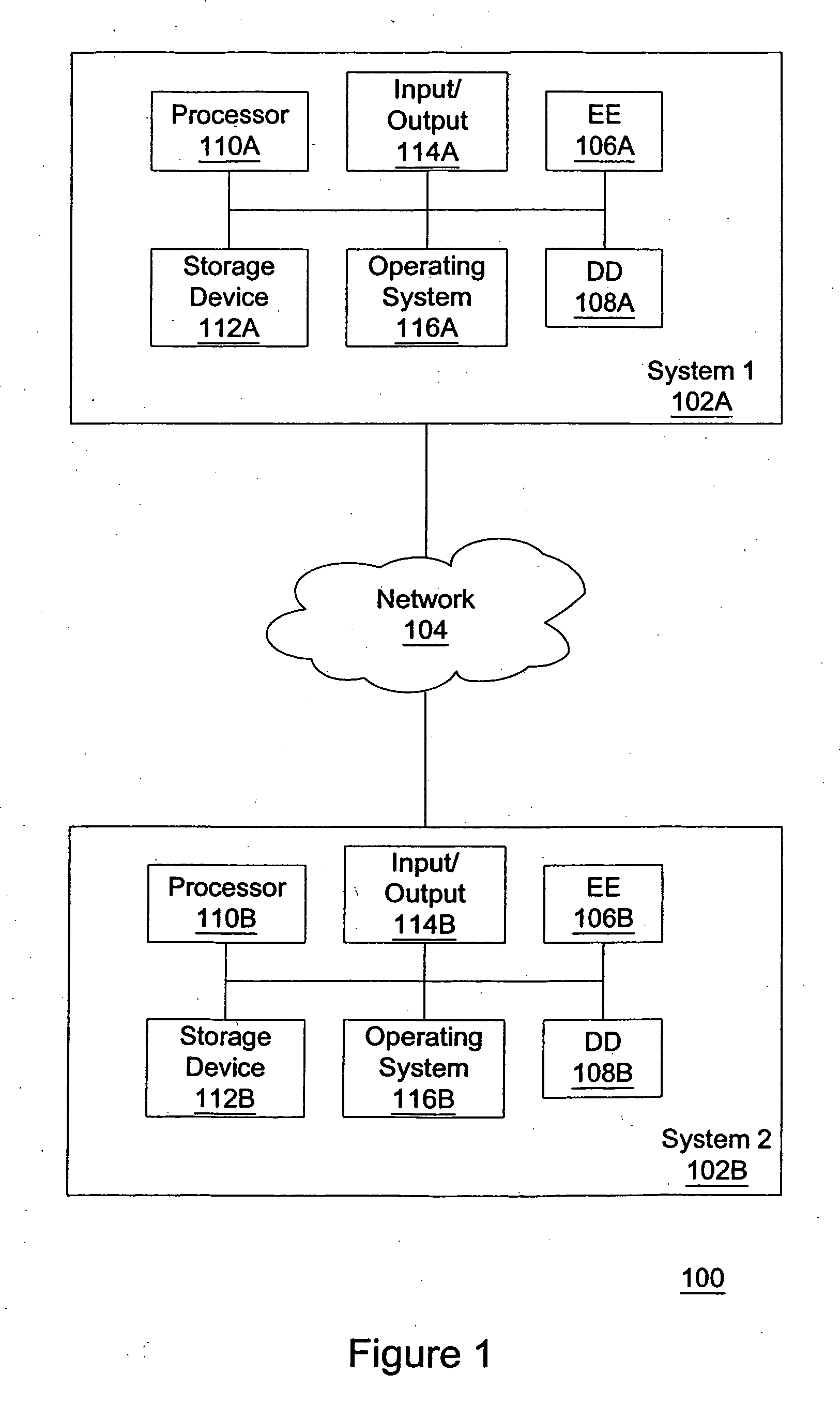System and method for incremental and continuous data compression
a data compression and incremental technology, applied in the field of data compression, can solve the problems of small degree of compression than a targeted compression algorithm, the cost of storage and transmission of data is directly correlated with the size of the data object, and the general purpose compression is therefore often less efficient, so as to achieve the effect of not affecting the speed of the algorithm
- Summary
- Abstract
- Description
- Claims
- Application Information
AI Technical Summary
Benefits of technology
Problems solved by technology
Method used
Image
Examples
Embodiment Construction
[0055] A preferred embodiment of the present invention is now described with reference to the figures where like reference numbers indicate identical or functionally similar elements. Also in the figures, the left most digit of each reference number corresponds to the figure in which the reference number is first used.
[0056]FIG. 1 is an illustration of a computer system in which one embodiment of the present invention may operate. The computer system 100 includes a first system 102A and a second system 102B. Each system can be a stand-alone computer or a software process. Each system includes conventional processors 110, storage devices 112, input / output devices 114, and operating systems 116. Each system also includes an encoding and encapsulation (EE) unit 106 and a decoding and decapsulation (DD) unit 108. The EE and DD units may be embodied as software running on a processor or as specially designed hardware (in which case the processor may not be necessary). The two systems 10...
PUM
 Login to View More
Login to View More Abstract
Description
Claims
Application Information
 Login to View More
Login to View More - R&D
- Intellectual Property
- Life Sciences
- Materials
- Tech Scout
- Unparalleled Data Quality
- Higher Quality Content
- 60% Fewer Hallucinations
Browse by: Latest US Patents, China's latest patents, Technical Efficacy Thesaurus, Application Domain, Technology Topic, Popular Technical Reports.
© 2025 PatSnap. All rights reserved.Legal|Privacy policy|Modern Slavery Act Transparency Statement|Sitemap|About US| Contact US: help@patsnap.com



